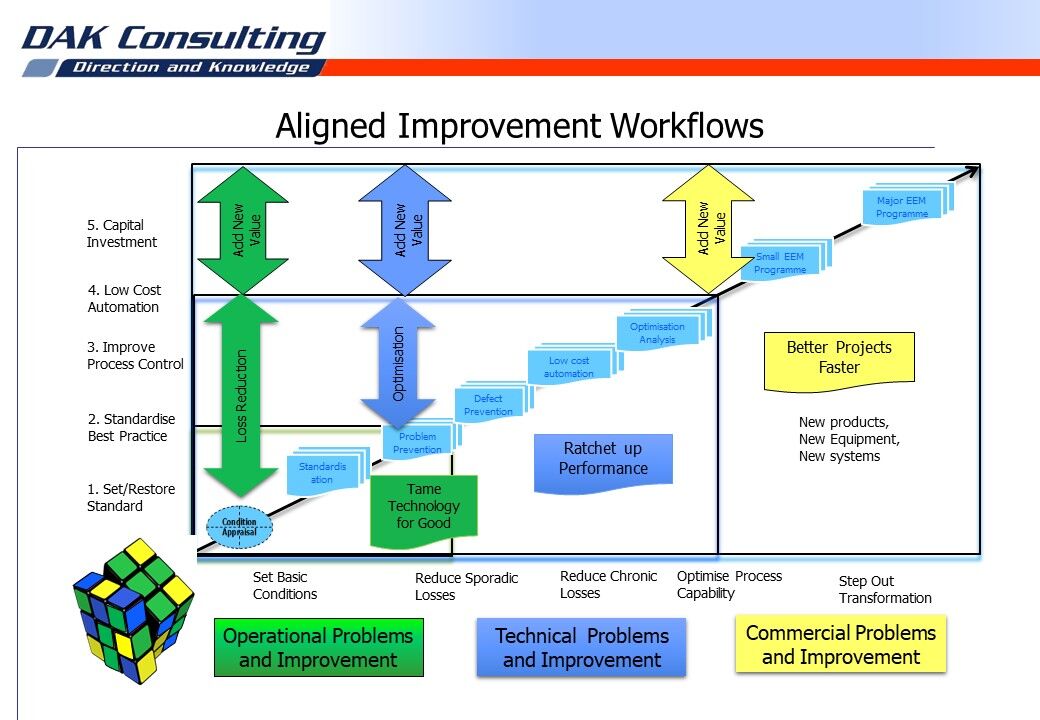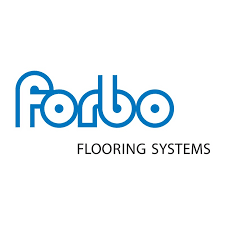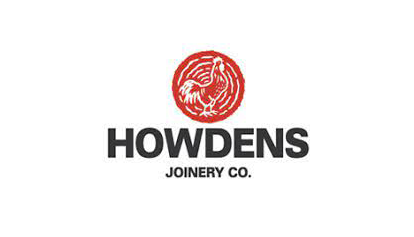
- Details
- Category: Blog
A fail fast, learn quick evolutionary approach to new product development provides organisations with a cost effective way to test and refine ideas as they adapt to changes in market driven by advances in technology .
The gains can be significant but operationally the approach can be disruptive resulting in:
- Multiple projects pulling on the same resource
- Scarce specialist resources locked into working in issues which could be dealt with by others with generalist skillsets
- Specialist projects not dealt with due to lack of skilled resources
- Improvement activities create pockets of improvement which are not sustained once the originators have moved on
The graphic below sets out how to align cross functional roles to avoid this based on allocating manufacturing and process functions to one if the following:
- Commercial (Customer facing and Financial functions),
- Operations (Production and Maintenance functions)
- Technology (Intrinsic Reliability and Safety/Environmental functions)
On the vertical axis are the five types of problems which manufacturers and process industries face on their journey to industry leading performance. The first four cover existing technology, the fifth covers investment projects relating to new products and service offerings.
Along the horizontal axis are the accountabilities that support the engagement of operations, technology and commercial improvement functions.

This closer collaboration catches potential weaknesses early when they are cheaper to resolve. It also encourages innovation to increase project added value and lower NPD cycle costs.
Use the contact page to find out more or to arrange a call to discuss how we can help your organisation to do the same








